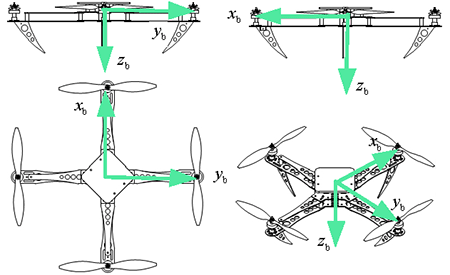
|
|
A |

|
|
| KV rpm/V |
A - V |
Max cont. current |
mΩ |
mm |
g |

|
|
| Diameter inch |
Pitch inch |
# of blade |
g |

|
|
| Cont. Current A |
Max. Voltage S |
mΩ |
g |

|
|
Structure S P |
Structure S P |
||||||
| Type |
Structure S |
Capacity mAh |
Cont. / max. C C |
Resistance mΩ |
g |
|||||||||||
|
:
|
|
- min. | ≥ - % | |||
|
:
|
|
- kg | ≥ - % | |||
|
:
|
|
- km | ≥ - % | |||
|
:
|
|
- km | ≥ - % | |||
|
:
|
|
- m/s | ≥ - % MultiCopters |
|
|
|
| min |
% |
kg |
m/s |
km |
|
This is a performance evaluation website for multicopters . Users can obtain the detail evaluations after providing the body frame parameters, the environment and propulsion system parameters.
|
|
|








